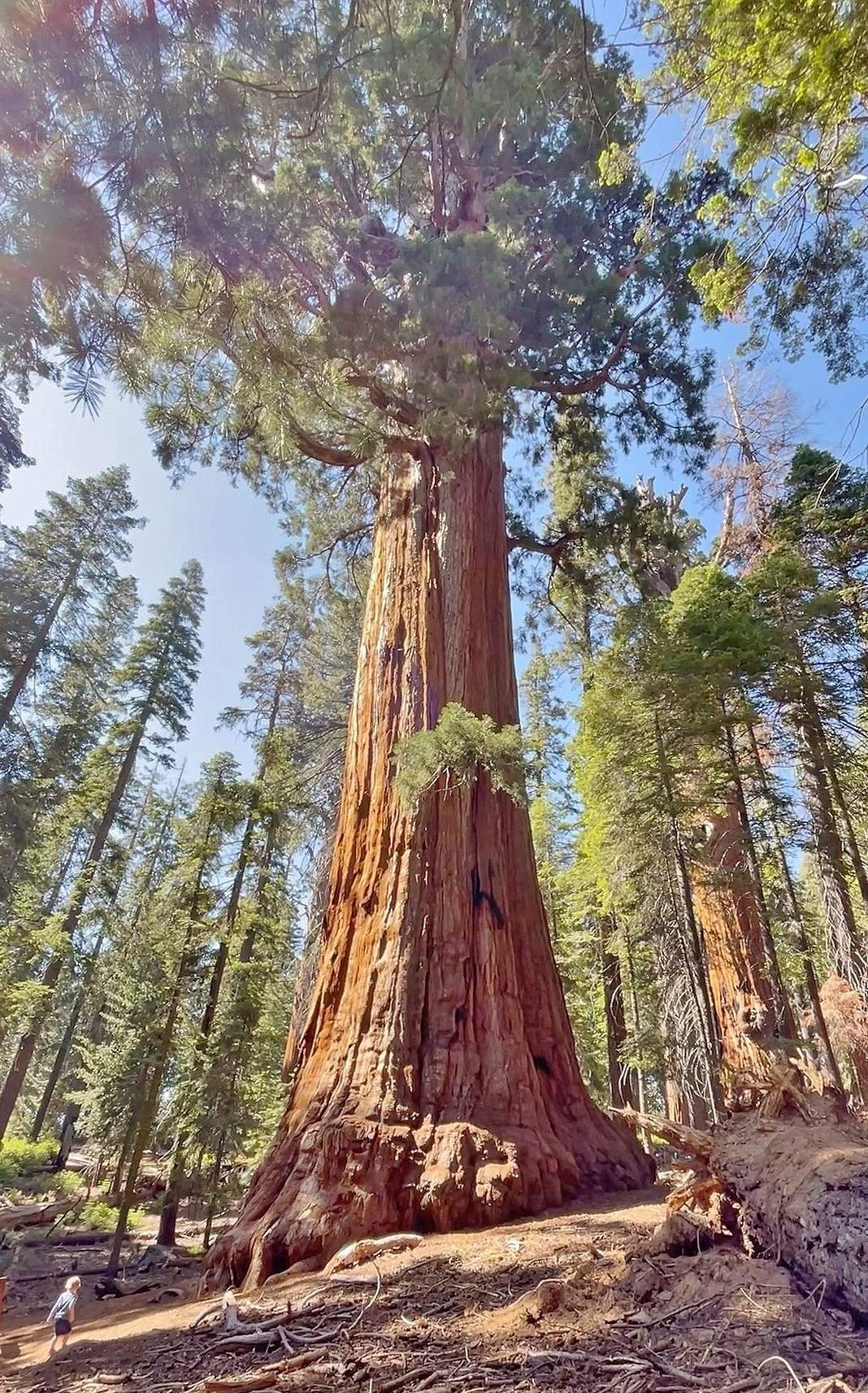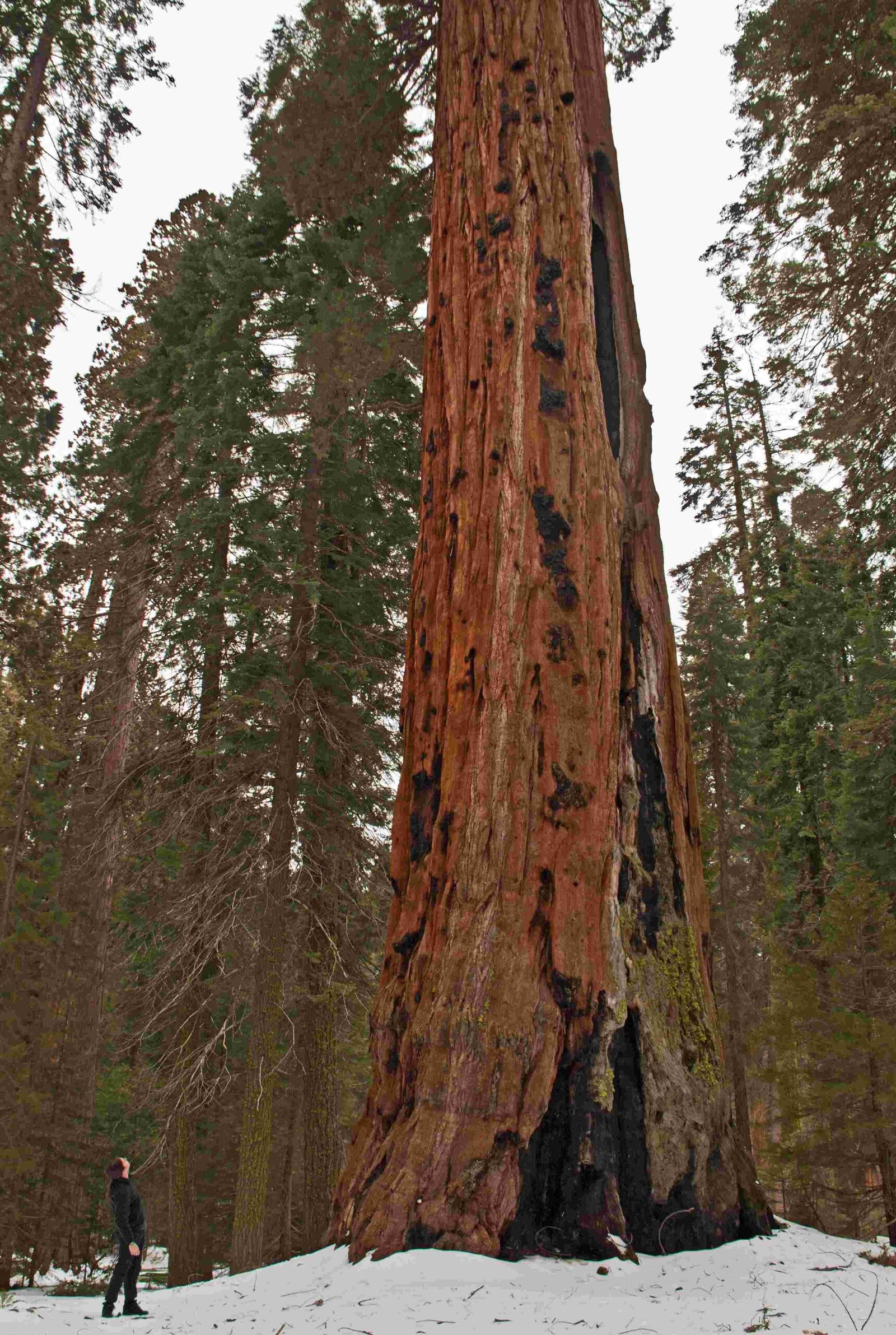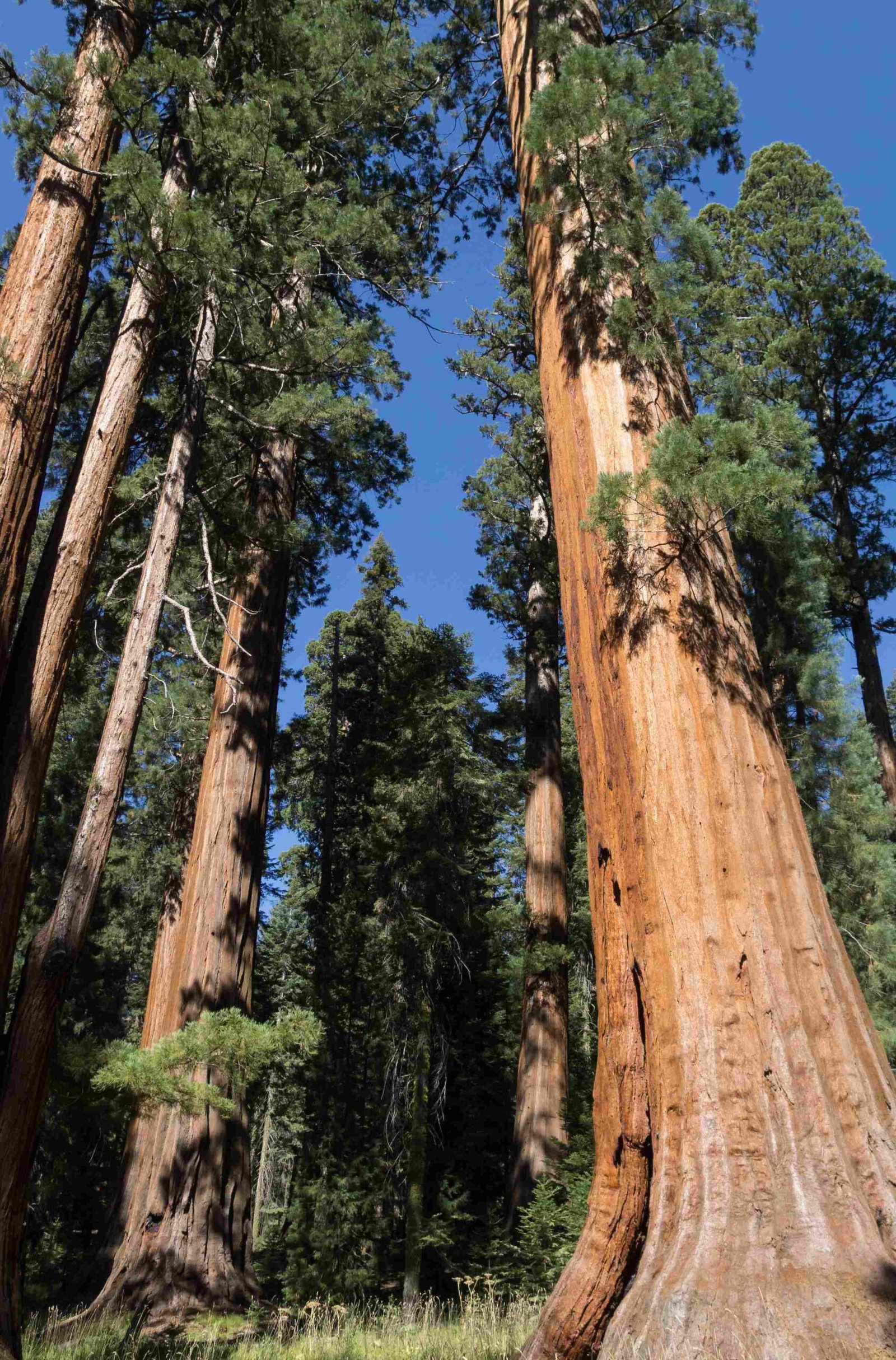Sequoia National Park, situated in California’s Sierra Nevada mountains, encompasses multiple climate zones due to its dramatic elevation changes. The park spans from 1,500 feet to 14,494 feet above sea level, resulting in diverse ecosystems and weather patterns. This range includes Mediterranean-like foothills, temperate montane forests, and alpine mountain environments, each with distinct climatic characteristics influenced by altitude, seasonal variations, and geographical features.
What Are the Main Climate Zones in Sequoia National Park?

Sequoia National Park is divided into three primary climate zones:
- Foothills (Low Elevation)
- Montane Forests (Mid-Elevation)
- Alpine Mountains (High Elevation)
Let’s explore each of these zones in detail.
How Does the Climate Vary in the Foothills?
The foothills, located below 4,000 feet, experience a Mediterranean climate characterized by:
- Mild, wet winters
- Hot, dry summers
- Annual precipitation of about 26 inches, mainly from January to mid-May
- Average summer highs reaching 97°F (36°C) in July and August
- Average winter lows around 36°F (2°C) in January and February
This climate zone supports a diverse ecosystem of oak woodlands and chaparral, adapted to the hot, dry conditions.
What Weather Can You Expect in the Montane Forests?
The montane forest zone, ranging from 4,000 to 9,000 feet, includes the famous giant sequoia groves. This zone features:
- Cooler temperatures compared to the foothills
- Higher precipitation, averaging 40-45 inches per year
- Warm days and cool evenings in summer
- Significant snowfall in winter
- Temperatures 15-20°F cooler than the foothills
- Summer highs often in the 70s and 80s°F (20s-30s°C)
- Winter temperatures frequently below freezing
This climate supports the growth of coniferous forests, including the iconic giant sequoias.
How Does the Alpine Climate Differ from Lower Elevations?
The alpine zone, above 9,000 feet, experiences the harshest climate in the park:
- Cold, snowy winters
- Mild, sunny summers
- Snow as the primary form of precipitation
- Significant temperature variations with elevation changes
- Very cold winters with heavy snowfall
- Short, mild summers ideal for high-altitude exploration
This zone includes Mount Whitney, the highest peak in the contiguous United States.
How Do Seasonal Weather Patterns Affect the Park?

Sequoia National Park experiences distinct seasonal changes across its climate zones:
| Season | Foothills | Montane Forests | Alpine Mountains |
|---|---|---|---|
| Winter | Mild, rainy | Cold, snowy | Very cold, heavy snow |
| Spring | Warm, dry | Cool to mild | Cool, snow melting |
| Summer | Hot, dry | Warm days, cool nights | Mild, sunny |
| Fall | Warm, dry | Cool, early snow possible | Cold, snow begins |
What Are the Winter Conditions Like?
- Foothills: Mild with occasional rain, temperatures from 30s to 60s°F
- Montane Forests: Cold with significant snowfall, often below freezing
- Alpine Mountains: Very cold with heavy snowfall, road closures common
How Does Spring Affect the Park’s Climate?
- Foothills: Warming up, temperatures in 70s-80s°F, decreasing precipitation
- Montane Forests: Gradual warming, snow melting, wildflowers blooming
- Alpine Mountains: Snow continues to melt, access improving
What Can Visitors Expect During Summer Months?
- Foothills: Hot and dry, temperatures often in 90s°F
- Montane Forests: Warm days, cool nights, occasional afternoon thundershowers
- Alpine Mountains: Mild days, cool nights, best time for high-elevation visits
How Does Fall Change the Park’s Climate?
- Foothills: Gradually cooling, similar to spring
- Montane Forests: Cooling temperatures, potential for early snowfall
- Alpine Mountains: Temperatures dropping, snow accumulation begins
What Precipitation Patterns Occur in Sequoia National Park?
Precipitation varies significantly across the park’s elevation zones:
- Foothills: Average annual rainfall of 26 inches
- Montane Forests: 40-45 inches of precipitation annually
- Alpine Mountains: Up to 220 inches (5.6 meters) of snow per year
Snow can fall as early as October and as late as May in higher elevations, affecting road access and visitor activities.
How Can Visitors Prepare for Sequoia’s Climate Zones?
To navigate Sequoia National Park’s diverse climate zones, visitors should:
- Use tire chains when required on high-elevation roads in winter
- Dress in layers to adapt to temperature fluctuations
- Check road conditions before traveling, especially in winter
- Visit park visitor centers for current weather forecasts and advisories
- Bring appropriate gear for the season and planned activities
- Stay hydrated, particularly in the hot, dry foothills during summer
- Be prepared for sudden weather changes, especially at higher elevations
By understanding the park’s climate zones and preparing accordingly, visitors can safely enjoy the diverse environments and breathtaking landscapes of Sequoia National Park throughout the year.
References
- https://hcihunkasequoia.weebly.com/weather–climate.html
- https://www.climatestotravel.com/climate/united-states/sequoia-national-park
- https://www.nps.gov/seki/planyourvisit/weather.htm

